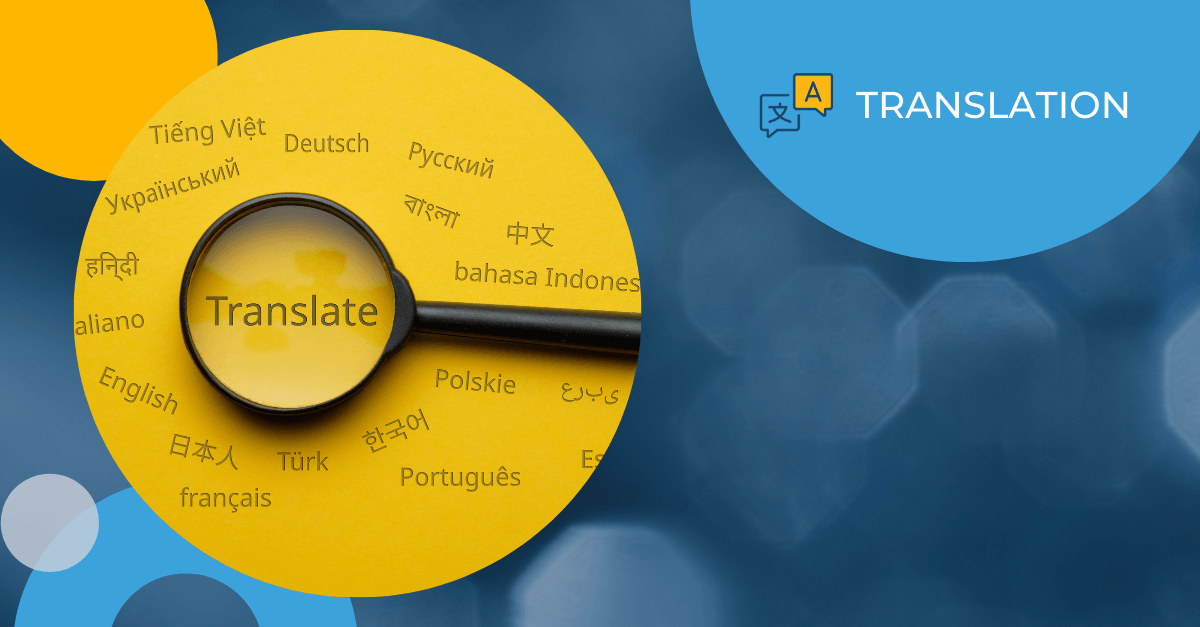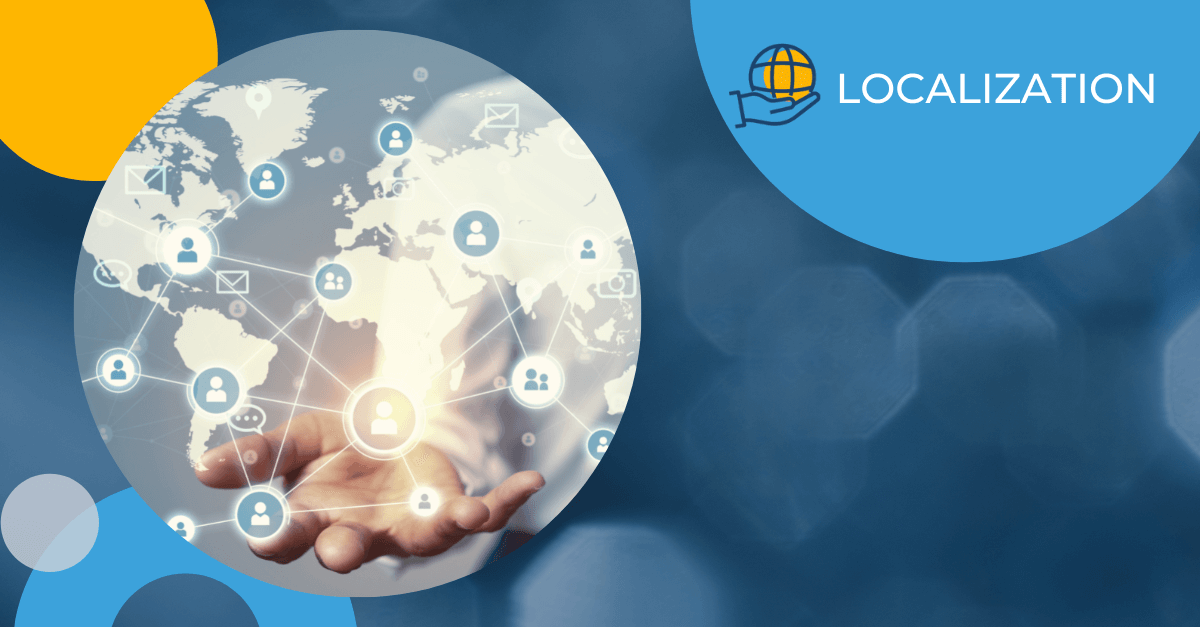Month: March 2016
Google Translate Continues to Reach for the Brass Ring

Machine translation has long since been a dream of researchers as far back as the 1950’s. What started as an experiment by researchers at Georgetown University has grown into a multimillion dollar pursuit by tech companies who are racing to grasp that golden ring of accurate, automated language translation.
While that dream has thus far been out of reach, companies like Google have made significant strides in making that dream a reality. Just recently, Google added 13 new languages to its Translate application, bringing their total to 103 different languages. With this latest addition, they can now translate for almost 99% of the world’s population (90 percent of the other languages are used by fewer than 1,000 speakers). While this is an accomplishment in its own right, the major problem still lies in the fact that the translations provided through the application are still quite inaccurate.
For the uninitiated, Google Translate works using statistical machine translation (SMT), where computers analyze millions of existing translated documents from the web to “learn” vocabulary and look for patterns in a language. The application then picks the most statistically probable translation when asked to translate a new bit of text. This new bit of translated text is then stored in the applications memory for future use.
In theory, this approach sounds like a plausible solution to the machine translation dilemma. In fact, this process does prove to be more successful than the less accurate and more time-consuming method of rule-based machine translation, which relies on language and grammar rules that are manually coded into the system to translate the text. However, one of the drawbacks of Google’s SMT process is that there is no way to prevent the system from analyzing and storing inaccurately translated text. Even its own translations, which are not entirely accurate, are sent back into the pool of texts from which it draws its examples, thus resulting in a form of cannibalization of its own accuracy.
With all of this frustration, time and money spent on trying (and failing) to come up with an accurate machine translation tool, it begs the question: Why? If Google Translate is a free tool to use, what do they have to gain even if they succeed in providing high quality machine translations? A lot, actually. As the internet’s role in every face of our lives continues to grow, language remains one of the few roadblocks to businesses being able to truly reach a global audience. The first tech company that is able to offer accurate, instantaneous machine translation of every language is guaranteed a spot on every desktop and smart phone in the world. That sort of exclusivity in its own right can be worth billions in ancillary marketing applications and advertising.
For the time being, Google’s dream of developing an accurate machine translator remains just that, a dream. While Google or a different tech company may one day discover the magic formula, the simple truth is that language is just too elusive of a concept for current A.I. to process accurately and naturally. It requires that je ne sais quoi that only a human translator can provide—for now.
Get the latest insights delivered to your inbox
Localization, Internationalization, and Globalization: An Overview

Many individuals and companies think the process of translation is a simple one. Take the text or content in one language, have a translator translate it into another language, and voila! –you now have a multilingual version of your original. Sounds simple, right? The reality, of course, is more complex than that, especially for businesses with the goal of translating for multiple markets.
What is Localization?
The term ‘localization’ is oftentimes used synonymously with ‘translation’. They are, however, different in several respects. Whereas translation is typically used as a catchall phrase for taking text from one language and converting it into another, localization refers to the adaptation of content not only to the target language, but also to that target language’s culture and style.
When content goes through the localization process, some of the atypical items that must also be accounted for can include:
- Date and time formats
- Currency
- Language direction
- Capitalization rules
- Grammar rules
- Symbols and icons
- Country-specific legal formatting
- Culturally appropriate text, graphics, references, etc.
This can be an enormously complex and time-consuming process—depending on the scale of the project. Culture, in and of itself, can be hard to define and more often than not, colloquialisms in one particular culture do not lend themselves to the same meaning in another. Simply translating the words will do little to convey the original meaning of the text and can cause more confusion than clarity in the final translation.
What is Internationalization?
While localization is the process of adapting content into another language and culture, internationalization is the process that enables localization to be carried out effectively. For instance, if a company wishes to localize a particular software program, website or app, internationalization enables
the software to properly handle the necessary character encodings and language variants. This usually involves separating localizable elements from the source code or original content so that the end-user can select the localized text based on their language preferences.
During the internationalization process, all of the items that require localization (date and time formats, currency, language direction, etc.) must be accounted for ahead of time, and various character lengths within the program must be adjusted. More often than not, when text is translated into another language, the length of the text can vary drastically. For example, translating from English into French will most likely result in much longer text than the original source text, whereas translating into Chinese (a symbol-based language) will result in much shorter text.
With proper internationalization, the localized content will adjust accordingly for each language to ensure that the text remains properly formatted within the document or program. Attempting to retrofit a localized product after the fact is a much more difficult and time-consuming process, especially when there are multiple items and multiple languages to account for. That is why internationalization must be planned early to avoid the trouble and expense of making changes later on.
What is Globalization?
Globalization is simply the umbrella term used to describe this internationalization and localization process. Most of us are familiar with phrase, “going global” when it comes to business. In essence, it means taking your product or service to foreign markets all over the world by adapting to cultural differences, language, units of measure, etc.
Through globalization, a business utilizes the processes of internationalization and localization to ensure they can effectively cater to a particular region with linguistically and culturally appropriate material.
For businesses that are truly looking to make their products relevant in the global market, the translation process should never be an afterthought. It should ideally be planned ahead of time and incorporated into the planned rollout of the product.
If you want to learn more about our professional localization services, contact us here.

